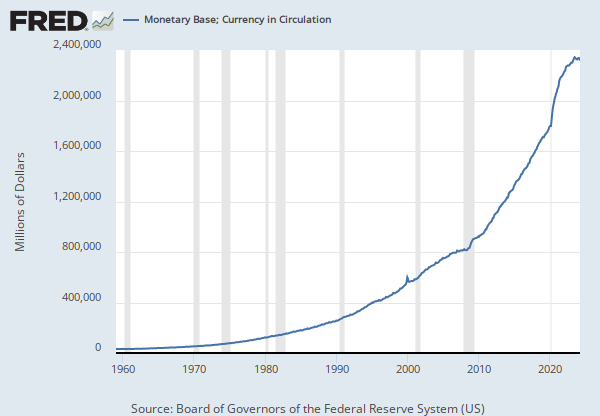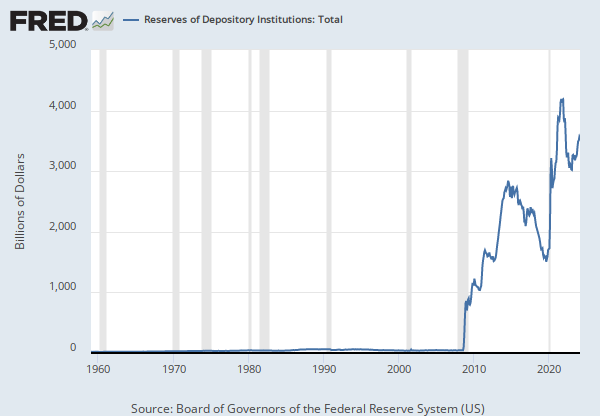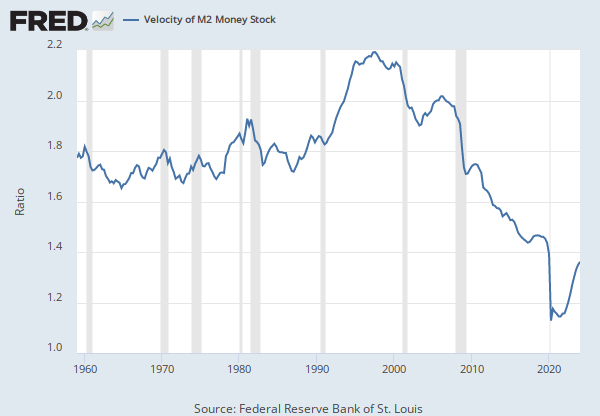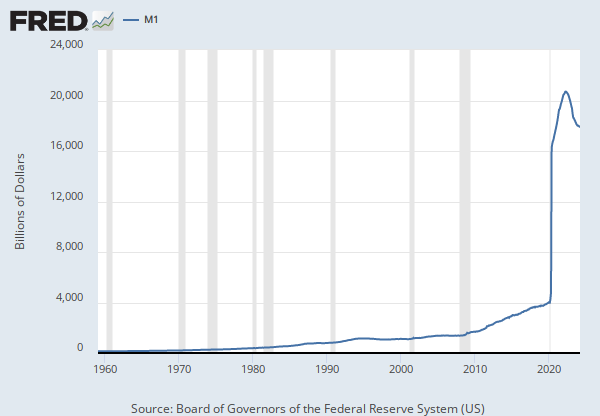Home > Releases > H.3 Aggregate Reserves of Depository Institutions and the Monetary Base > Borrowings from the Federal Reserve, Primary (DISCONTINUED)
Aug 2020: 2,851 |
Millions of Dollars |
Monthly |
Updated:
Sep 10, 2020
3:46 PM CDT
Observation:
Aug 2020: 2,851 (+ more) Updated: Sep 10, 2020 3:46 PM CDT| Aug 2020: | 2,851 | |
| Jul 2020: | 4,670 | |
| Jun 2020: | 8,456 | |
| May 2020: | 22,180 | |
| Apr 2020: | 38,299 |
Units:
Millions of Dollars,Not Seasonally Adjusted
Frequency:
Monthly











